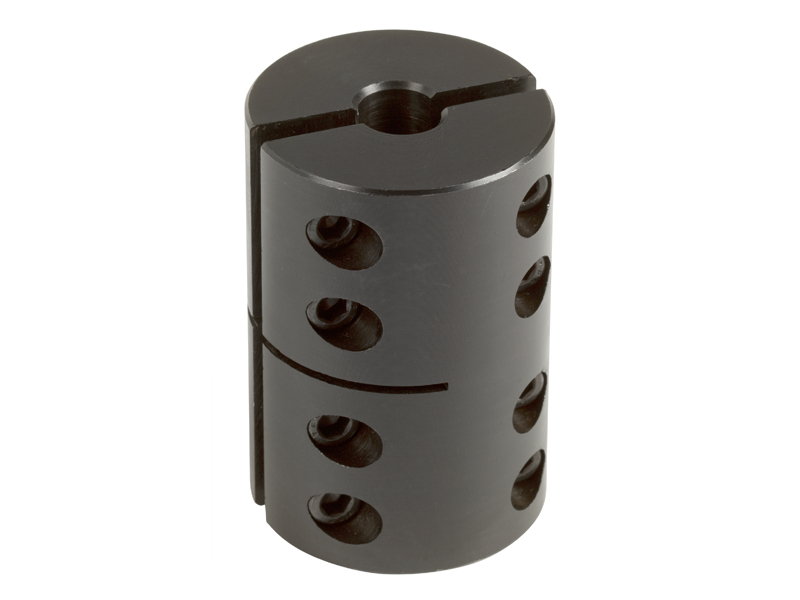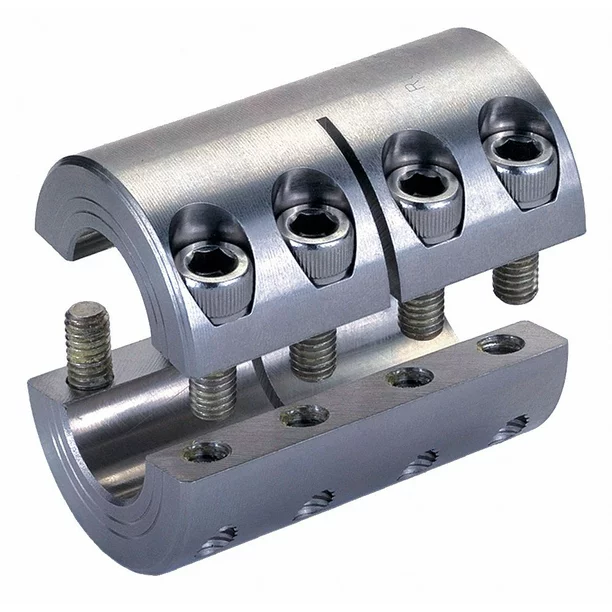Product Description
galvanized steel hose clamp High Quality type A coupling MFAX01
1.MFAX01–w1 all galvanized steel
According to the requirement of customers, other sizes and material are also available
| Item No. | size (inch) | Hegth (mm) | PCS/CORTON (pcs) | CORTON SIZE MM |
| DN40 | 1.5″ | 54 | 100 | 36*27.5*32 |
| DN50 | 2″ | 54 | 100 | 41*32.5*31 |
| DN75 | 3″ | 54 | 100 | 50*41*32 |
| DN100 | 4″ | 54 | 100 | 63*51*33 |
| DN125 | 5″ | 76 | 50 | 61*42*43 |
| DN150 | 6″ | 76 | 50 | 73*53*44 |
| DN200 | 8″ | 100 | 30 | 68*47*56 |
| DN250 | 10″ | 100 | 25 | 60*60*53 |
| DN300 | 12″ | 100 | 16 | 66*66*45 |
Welcome to CZPT CO.,LTD. Thank you for taking the time to explore our website and find out more about our company and products. We’re 1 of largest exporters of hardware tools in China.
ZENSUN CO.,LTD. has a full range of innovative, high-quality products for export. This includes hand tools, garden tools, measuring tools, power tools, air-power tools, locks, home-use products spray guns, and more! We’re located in JinHua city in the ZheJiang province of China. We invite you to send an e-mail with any comments or questions you have about the ZENSUNproducts or our website. We want to make sure that we’re “helping you make a better impression” at ZENSUN.
Our commitment is to have our reputation be “quality first,” We seek to provide excellent products at an excellent price, around the world. Best wishes from all of us at ZENSUN.

What are the Torque and Speed Limits of Clamp Couplings in Various Applications?
The torque and speed limits of clamp couplings vary depending on their design, material, and application. Generally, clamp couplings are suitable for a wide range of torque and speed requirements in various mechanical systems. Here are some considerations:
Torque Limits:
Clamp couplings can handle a broad range of torque values, making them suitable for low, medium, and high torque applications. The torque capacity is influenced by factors such as the material and size of the coupling, as well as the clamping force applied to the shaft.
It is crucial to select a clamp coupling that can handle the maximum torque generated in the system during operation. Oversizing the coupling ensures it can safely transmit the required torque without reaching its limits, reducing the risk of premature failure.
Speed Limits:
Similar to torque limits, the speed limits of clamp couplings are influenced by their design and material. In high-speed applications, factors like centrifugal forces and resonance become significant considerations.
Clamp couplings made from high-strength materials like stainless steel or alloy steel can handle higher speeds with minimal risk of deformation or failure. Additionally, precision machining and balancing of the coupling help reduce vibration and maintain stability at elevated speeds.
Application-Specific Considerations:
When using clamp couplings in specific applications, factors like shock loads, reversing loads, and misalignment should be accounted for. These dynamic forces can impact the overall performance and durability of the coupling.
It is essential to consult the manufacturer’s specifications and guidelines for torque and speed ratings. Additionally, engineering calculations and simulations can help determine the most suitable clamp coupling for a particular application.
Professional Advice:
If you are unsure about the torque and speed limits of clamp couplings for your specific application, it is advisable to seek professional advice from coupling manufacturers or engineering experts. They can provide valuable insights and recommend the most appropriate coupling for your requirements, ensuring reliable and efficient power transmission in your mechanical system.

Use of Clamp Couplings in Horizontal and Vertical Shaft Applications
Yes, clamp couplings can be used in both horizontal and vertical shaft applications. The design of clamp couplings allows them to provide secure and reliable shaft connections in various orientations, making them versatile for different mechanical systems.
Horizontal Shaft Applications: In horizontal shaft applications, clamp couplings are commonly used to connect two shafts in a straight line. They are often employed in conveyor systems, pumps, fans, and other machinery where the shafts are aligned horizontally. The clamping action of the coupling ensures a rigid and balanced connection, transmitting torque efficiently from one shaft to another.
Vertical Shaft Applications: In vertical shaft applications, such as in vertical pumps, mixers, or gearboxes, clamp couplings need to support the weight of the connected components in addition to transmitting torque. The design of clamp couplings with robust clamping screws ensures that the coupling remains securely fastened even in vertical orientations.
Factors to Consider: While clamp couplings are suitable for both horizontal and vertical shaft applications, there are some considerations to keep in mind:
- Load and Weight: In vertical shaft applications, the coupling must handle the weight of the rotating components. It is essential to choose a clamp coupling with sufficient load-carrying capacity to support the vertical arrangement.
- Alignment: Proper alignment of the shafts is crucial for any coupling, but it becomes particularly important in vertical applications to avoid excessive loads and premature wear.
- Material and Environment: Selecting the appropriate material and surface treatment for the clamp coupling is essential, especially if the application involves exposure to harsh environments or corrosive substances.
Overall, clamp couplings are a reliable and cost-effective choice for various shaft applications, and their ability to perform well in both horizontal and vertical orientations makes them widely used in a range of industrial machinery and equipment.

Different Types of Clamp Couplings
Clamp couplings come in various designs to accommodate different shaft sizes, torque levels, and application requirements. Some common types of clamp couplings available in the market include:
- Two-Piece Clamp Couplings: This type of coupling consists of two separate hubs that are connected by a clamp. The clamp is tightened to secure the two hubs onto the shafts, creating a rigid connection. Two-piece clamp couplings are easy to install and suitable for applications with moderate torque and misalignment.
- One-Piece Clamp Couplings: As the name suggests, one-piece clamp couplings have a single-piece construction, which simplifies the installation process. They provide a compact and lightweight solution for low to medium torque applications.
- Double-Walled Clamp Couplings: These couplings have a unique double-walled design, providing better torque transmission capabilities and torsional rigidity. They are ideal for applications with high torque and precise positioning requirements.
- Set Screw Clamp Couplings: Set screw clamp couplings use set screws to secure the coupling onto the shaft. While they are simple and cost-effective, they may not handle high torque and misalignment as effectively as other types.
- Wedge Clamp Couplings: Wedge clamp couplings use a wedge-shaped collar to create a tight grip on the shaft. They offer excellent torque transmission and axial holding power, making them suitable for heavy-duty applications.
- Keyless Clamp Couplings: Keyless clamp couplings eliminate the need for keyways and key connection. Instead, they use compression to secure the coupling to the shaft, providing high torque capacity and easy installation.
- Hydraulic Clamp Couplings: Hydraulic clamp couplings use hydraulic pressure to tighten the clamp, ensuring uniform pressure distribution and secure shaft connections. They are commonly used in high-power and critical applications.
- Clamp Couplings with Tapered Bushings: These couplings feature tapered bushings that provide a tight fit on the shaft and enhance torque transmission capabilities. They are suitable for heavy-duty applications and high misalignment conditions.
The selection of the appropriate clamp coupling depends on the specific requirements of the mechanical system, such as torque levels, shaft sizes, misalignment allowances, and operating conditions. Consulting with coupling manufacturers or engineering experts can help in choosing the right type of clamp coupling for a particular application.


editor by CX 2023-09-01